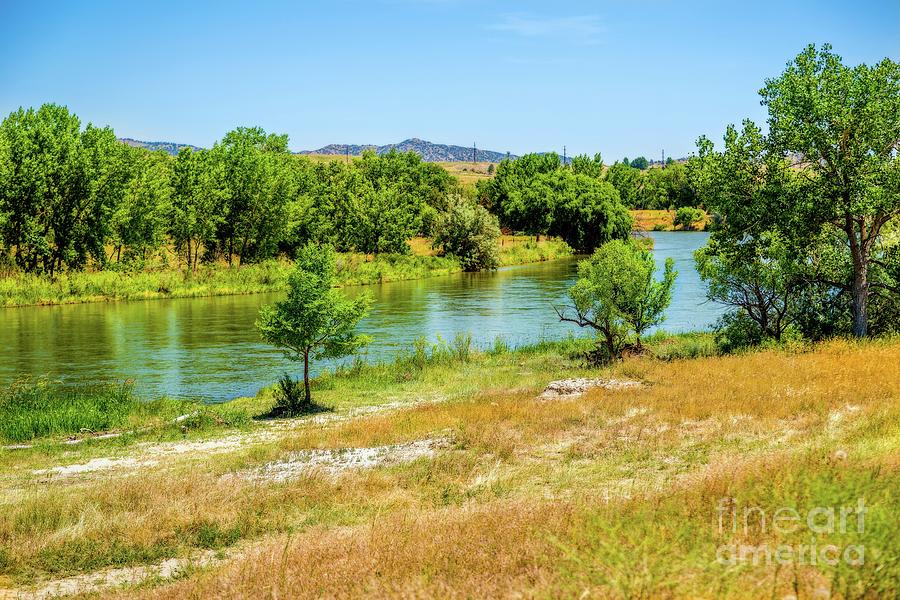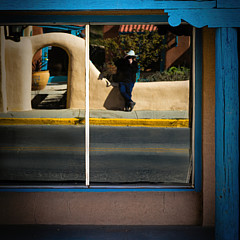
North Platte River

by Jon Burch Photography
Title
North Platte River
Artist
Jon Burch Photography
Medium
Photograph - Digital Capture/faa Watermark Will Not Be On Your Finished Photograph.
Description
The North Platte River drainage has been an important westward route in the westward expansion of the United States. To get the two essentials, water and grass for the traveler's animals the emigration trails nearly always followed river valleys across the North American continent. These trails extended from the Missouri River, Platte River and North Platte River across Nebraska and parts of Wyoming and on to its confluence with the Sweetwater River in Wyoming. About 50 miles beyond what is now Casper, Wyoming the main emigration trails left the North Platte valley and followed the Sweetwater River valley and other river valleys going further west.
The trail route along the North Platte River was first written about by Wilson Price Hunt of the Astor Expedition who was traveling back to the Missouri River from the newly established Fort Astoria on the Columbia River in 1811. The lack of American trappers and settlers in the contested Oregon Territory resulted in this early discovery being unused and nearly forgotten. Jedediah Smith and several trappers in 1823 rediscovered the route and the trail along the Platte, North Platte and Sweetwater Rivers became a major trail to the fur trader's summer time Rocky Mountain Rendezvous. Mule trains carrying in trading supplies for the mountain men and fur trappers were some of the first to use the trail in 1824.
The fur traders on their return trip carried the traded furs back east at the end of the summer trading season. This fur trade route continued to be used to about 1840. By about 1832 the trail along the Platte, North Platte, and Sweetwater Rivers had been improved by the fur traders to a rough wagon trail from the Missouri River to the Green River in Wyoming where most of the Rocky Mountain Rendezvous occurred. Following the fur traders, the major emigration trails established along the north and south banks of the North Platte River were the Oregon (1843-1869), California (1843-1869), Mormon (1847-1869) and the Bozeman (1863-68) Trails. The trails north of the North Platte River originally crossed the North Platte near Fort Laramie to join the original Oregon and California Trail Route on the south side. In 1850 Child's Route also called the Child's Cutoff, extended the north side trail to what is now Casper, Wyoming. The rugged territory from Laramie, Wyoming to Casper meant that the trails often deviated from the river to find an easier path and relied on streams draining into the North Platte for water.
Image of the North Platte River near Fort Laramie, Wyoming copyright 2014 Jon Burch Photography
Uploaded
July 27th, 2014
Statistics
Viewed 231 Times - Last Visitor from Fairfield, CT on 04/24/2024 at 8:42 AM
Embed
Share
Sales Sheet
























































